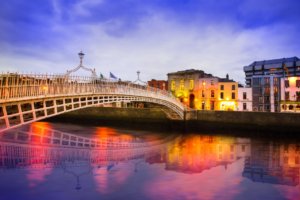From its beginnings as a Viking city to the period in the early 20th century when the British finally relinquished power on Dublin and indeed on the rest of southern Ireland (the six counties in Northern Ireland would remain theirs), the city of Dublin has been through many changes.
 This blog post contains affiliate links, and I may earn compensation when you click on the links at no additional cost to you.
This blog post contains affiliate links, and I may earn compensation when you click on the links at no additional cost to you.
As a tourist, there’s no way that you’ll be able to grasp all of those in the space of a day or two, but there are 7 historical attractions in Dublin that I think will give you a deeper insight into the evolution of this friendly, welcoming capital of Ireland.

- Book the best tours and guides on Tripadvisor, Viator or GetYourGuide
- Get reliable travel insurance with Travel Insurance Master
- Get the best flight tickets with Aviasales
- Rent a comfortable car via Discovercars
- Find the best accommodation on Booking.com or BandBIreland
Discover Dublin’s Viking Beginnings at Dublinia
Where better to get a sense of Dublin’s beginnings as a city than in the popular attraction known as Dublinia.
Housed in Synod Hall, part of Christ Church Cathedral, this excellent museum will take you back in time to when Dublin was first ruled by the Vikings.
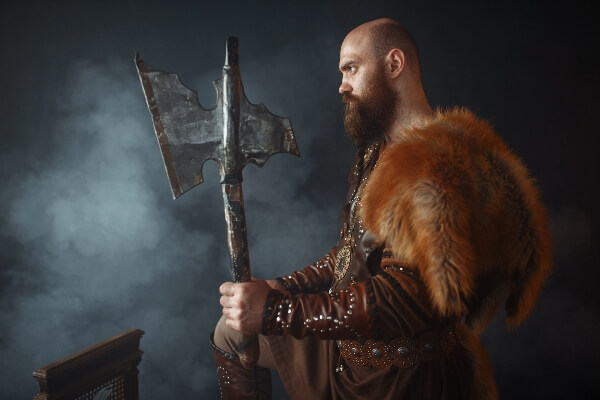
As brutal as the Vikings may now seem in popular culture, they are credited with turning Dublin into a center of commerce that continued through the medieval period.
Historical reenactments by actors playing the role of Vikings and Medieval Dubliners help bring it all to life, as well as accurate recreations of period buildings and street scenes.
There are several interesting exhibits and interactive displays throughout Dublinia. Be sure to look at them all.
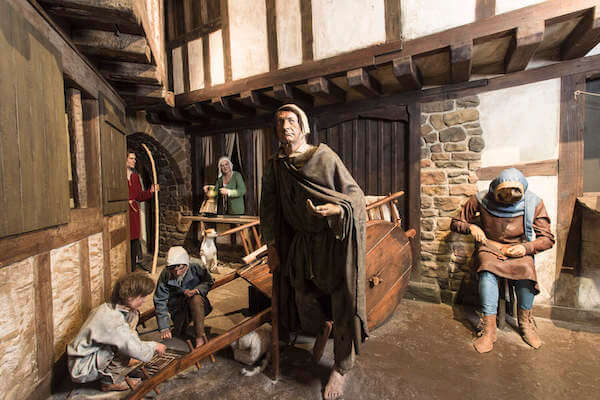
Children seem to have the most fun in Dublinia as they learn the skills of a Viking warrior and try on typical Viking clothing.
Purchase a combination ticket that will get you into Dublinia and Christ Church Cathedral (more about that below). You’ll save 40 percent by doing so.
Top off your visit to both with a climb to St. Michael’s Tower where you will get panoramic views of the city.
The average time it takes to see the two attractions is about two hours.
Get Wifi in Ireland with Wifi Candy – take 10% off with code IOB2024
A Dublin Church Founded by a Viking
Considered the city’s oldest place of worship, Christ Church Cathedral was co-founded by the Norse King Sitruic Silkbeard and Dúnán, the first bishop of Dublin, in 1030.
The structure was originally wooden but was rebuilt in stone during the 12th and 13th centuries by the Anglo-Norman Richard deClare, more popularly known as Strongbow.
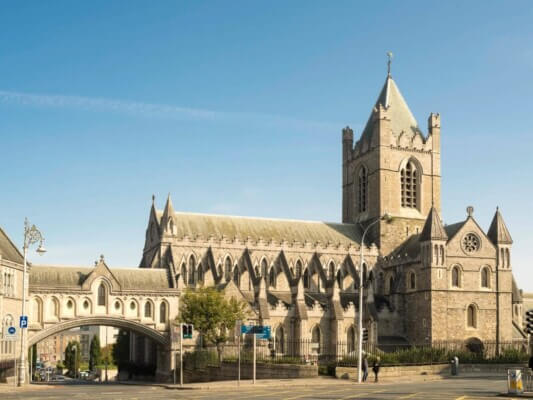
While many parts of the church were renovated in the Victorian architectural style during the late 1800s, the crypt remains the most popular part of the church with visitors.
Many are eager to see the mummified heart of Saint Laurence O’Toole, who served as an archbishop of Dublin in the middle of the 12th century, in addition to the mummified version of a cat and a rat who both got stuck in one of the pipes of the church's organ!
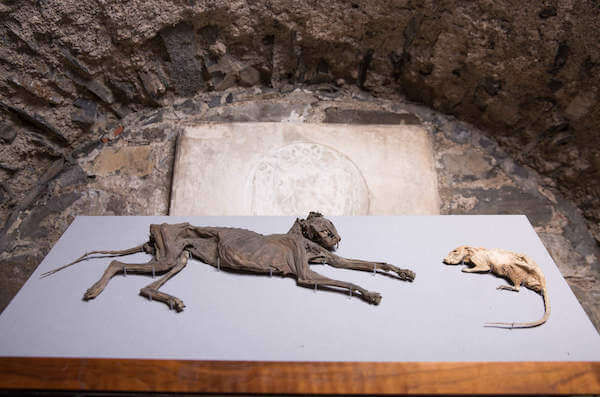
You can take a self-guided tour complete with an audio guide.
By clicking on the Amazon link below, I may earn a small commission from the Amazon Associates Program, but only if you decide to buy something on the site. However, you will not incur any additional costs by doing so.
Read “Dublin and the Viking World” Available on Amazon
Touch the Old City Walls Near St. Audoen’s Church
This beautiful old church is located in the Liberties section of Dublin and not far from Christ Church Cathedral.
It is the only remaining medieval parish church in the city.
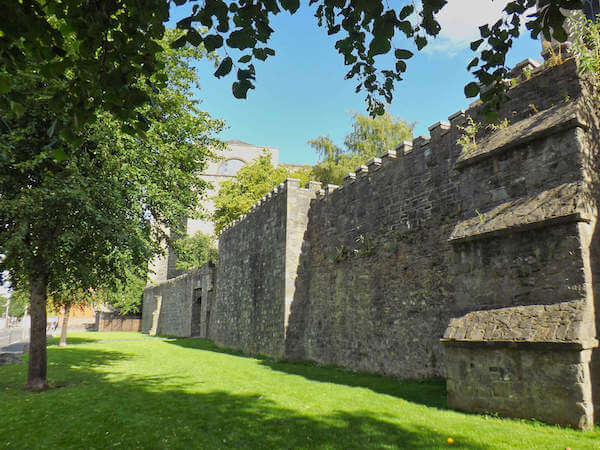
Dedicated to the 7th-century bishop of Roen, who was also the patron saint of Normandy, the church was at one time situated on the edge of the city where a stone wall served as the entry point.
An impressive part of that wall is still visible today, which was built in the 13th century by the Normans. It is known as St. Audoen’s Gate and is located behind the church.
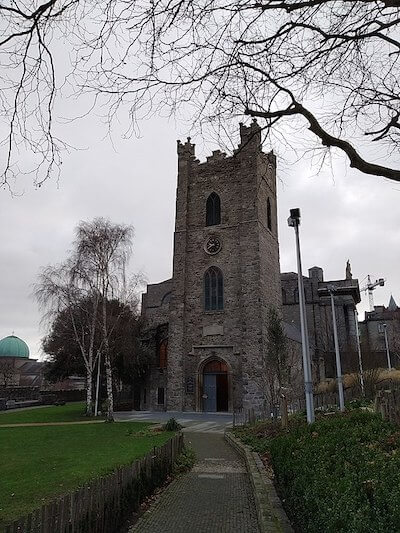
The church is free to visit and is open from June through October.
There are no guided tours but there is an exhibition that you can view.
Other parts of Dublin’s old city walls (at one time 19 gates provided controlled access) can be found in the Cornmarket section of the city, where the main western gate once stood, as well as a section preserved at Lamb Alley.
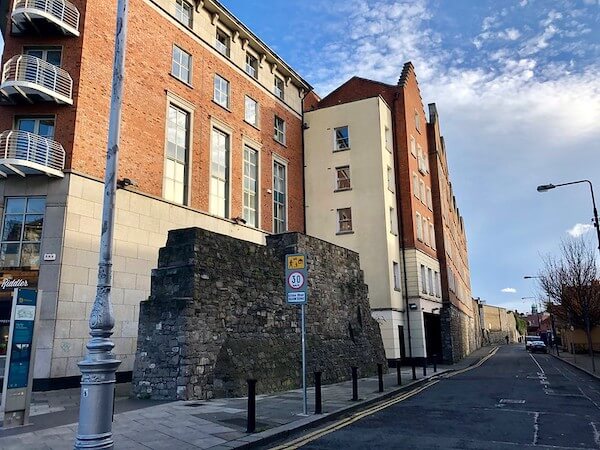
Look at the map below to see where the various parts of the wall are located. You can easily explore them while walking from Christ Church Cathedral in as little as 8 minutes.
St. Patrick’s Cathedral
Long before the Vikings appeared in Dublin. St. Patrick is said to have passed through the area, stopping at what is now St. Patrick’s Cathedral to baptize local Celtic chieftains.
The event that occurred during the 5th century is marked by a stone that you’ll find at the west end of the cathedral.
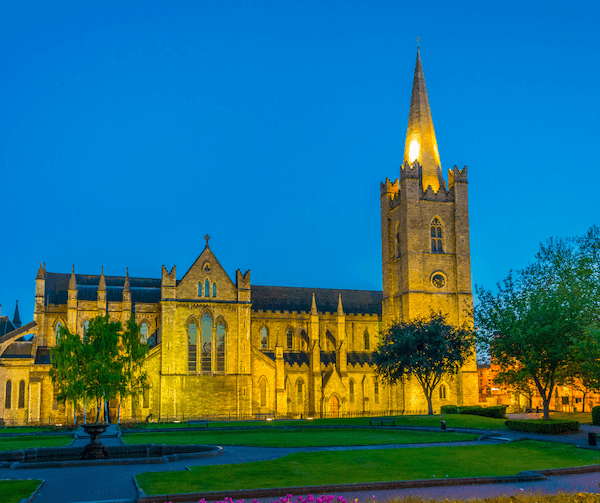
The stone, the supposed site of St. Patrick’s Well, was discovered in the early 20th century.
St. Patrick’s Cathedral is actually a Protestant church although back in the 12th century, it was Catholic.
It is considered the largest church in Ireland. Self-guided tours are available. Tickets should be booked online.
Guided tours of the cathedral, including Belfry Tours are available for free during Heritage Week, which takes place every August.
Dublin Castle
Considered the “nerve center of historical power” in the city, Dublin Castle has been around for a very long time and is another one of the 7 historical attractions in Dublin that will help you better understand its history.
The castle was originally constructed over several years while King Henry III was in power (1207-1272).
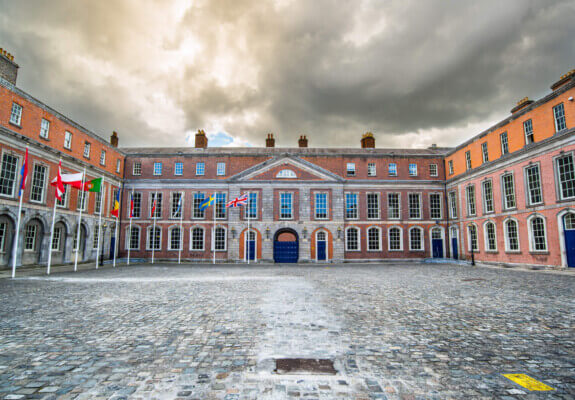
The medieval fortress was built on a former Viking settlement, remaining largely intact until April 1684 when a fire caused severe damage to it.
Despite the tragedy, you can still explore parts of the medieval and Viking remains that are still visible at Dublin Castle, part of a subterranean chamber beneath the structure known as the Powder Tower.
In fact, the Medieval Tower is the most intact medieval structure in all of Dublin, once serving a number of functions, such as housing the king’s armor, clothing, and treasures.
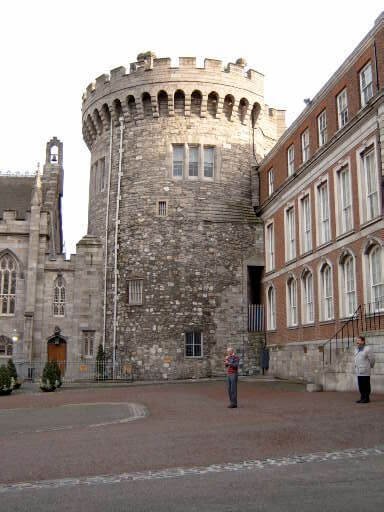
The Tower was also used as a prison and by 1811, it became the repository of the country’s state papers and records, as well as housing expensively bound books and ancient manuscripts.
Apart from the tower, the castle is now considered a work of Georgian architecture.
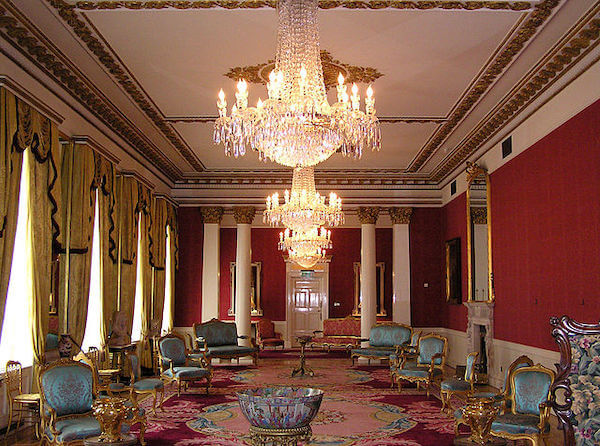
On a self-guided tour, you can marvel at its suite of reception rooms known as the State Apartments, where great banquets and other regal ceremonies took place, as well as its Chapel Royal, which was added on in the early 1800s.
Self-guided tours of the State Apartments and exhibitions should be booked online.
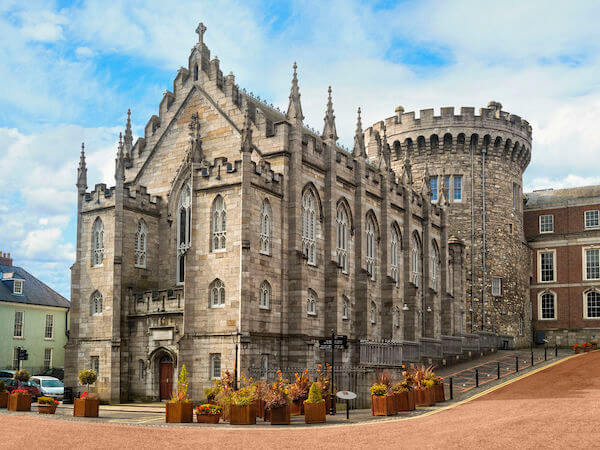
One-hour guided tours of the State Apartments, Medieval Undercroft, Chapel Royal, and exhibitions are also available.
According to the head guide at Dublin Castle, guided tours are the only way to visit the Chapel Royal and Viking excavation, with tickets being sold on the day of the tour from the ticket reception desk.
Tickets go on sale for the 30-minute tours at opening time (9:45 a.m.) The last tour is at 4 p.m. Tickets for adults cost €12 and €10 for seniors and students.
Before you visit Dublin Castle, know that the Medieval Tower itself is closed for refurbishment until 2023, although the medieval excavation is open and is part of the guided tour.
Find a B&B in Ireland with B&B Ireland
A Possible Crusader Among the Mummies at St. Michan’s Church
In a dimly lit basement of St. Michan’s Church located on Church Street (northwest of the city center), you’ll discover something that I think is even more fascinating than the catacombs in Paris.
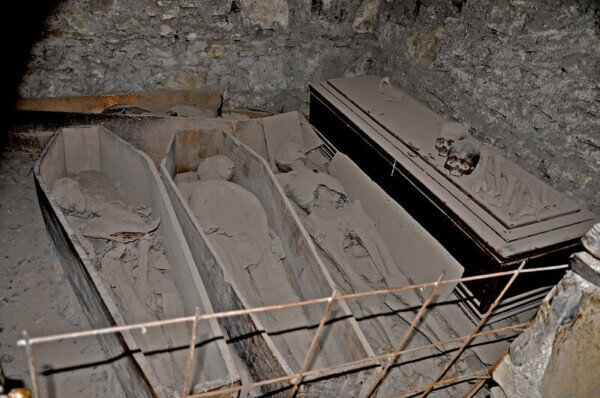
While there are several mummies located within the coffins below, several of them have spilled out and are there for all to see.
One includes the body of what is believed to have been a man who returned from The Crusades.
Other burial vaults in the basement hold many of Dublin’s most influential families from the 17th, 18th, and 19th centuries, as well as the Sheares brothers, Irish revolutionaries who were executed by the British, and the decorated coffins of the Earls of Leitrim.
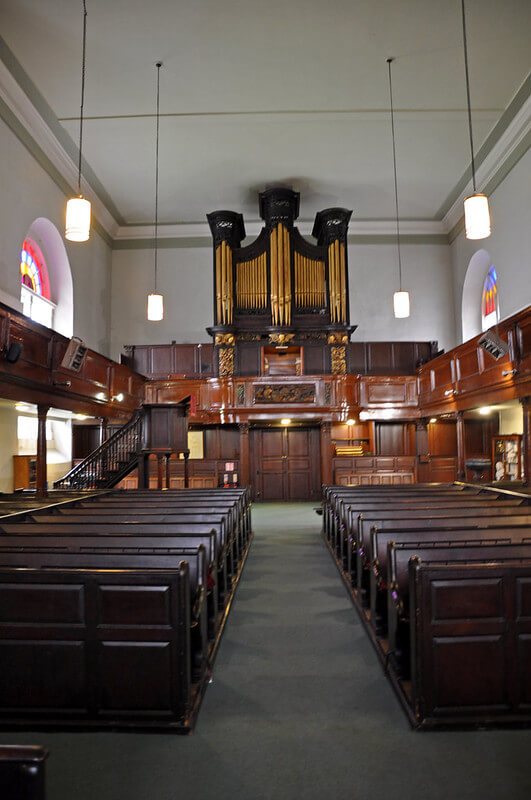
The foundation of St. Michan’s Church was laid in 1095 to accommodate the Vikings who remained in Dublin after being defeated at the Battle of Clontarf in 1014.
The church is the oldest parish church on Dublin’s northside and is also notable as the place where Handel practiced his “Messiah” masterpiece.
Tours are available Monday through Friday from 10 a.m. to 12:45 and again from 2 p.m. to 4:30 p.m. They are also available on Saturdays from 10 a.m. to 12:45 p.m. You can purchase tickets at the church or call +353-1-87-724154.
Three Hundred Years of History at the Henrietta Street Museum
Perhaps a tour of No. 14 Henrietta Street in the heart of Dublin is the best way to end your journey of historical attractions that shine a light on the city’s history.
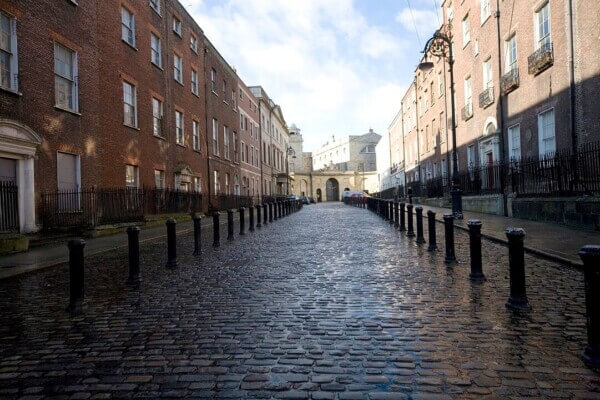
Of course, you’ll be jumping ahead a few centuries from medieval times to Georgian Dublin, a period of tremendous growth in terms of population (the city went from approximately 75,000 in 1710 to about 150,000 by 1756).
Because of the congestion, major street redevelopment was established to overhaul Dublin’s medieval layout, but the period also saw the emergence of several Georgian-style buildings.
One of the first places they appeared was on Henrietta Street.
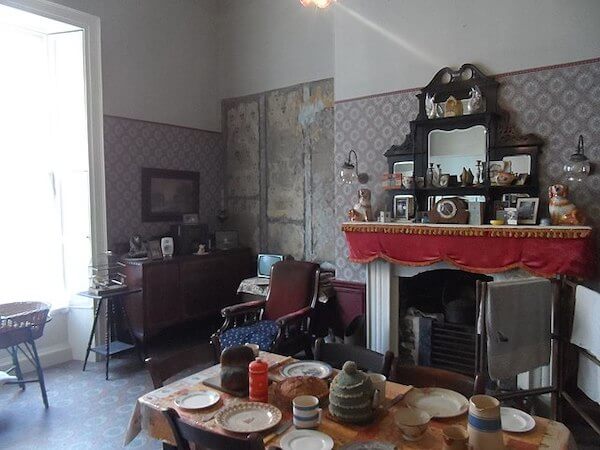
The neighborhood became the most sought-after among the city’s judges, barristers (lawyers), and members of the Church of Ireland elite during the early 1700s.
No Catholics lived on Henrietta Street at the time as they were still discriminated against.
A guided tour of No. 14 spans 300 years and includes stories from its wealthy residents right up to 1877 when a Dublin landlord removed the building’s grand staircase and divided the dwelling into 19 one, three, and four-room tenement flats.
The Dublin City Council bought the property in the early 2000s, restoring it over a 10-year period. The building you see today will give you an idea of what it looked like in its heyday as well as glimpses of what it eventually turned into.
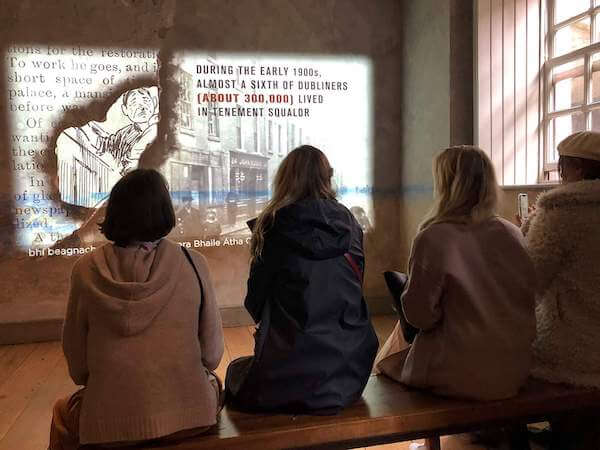
Guided tours are offered Wednesday through Sunday from 10 a.m. to 4 p.m. It is also open on holidays. Tickets are €10 for adults, €8 for students and seniors (60+), and €6 for children 5 and over. Children under 5 are admitted free.
Pre-booking on the website is essential.
Do you have an interest in the history of Dublin? Let me know in the comments below.


